
Aug 19, 2019
Unity of Command: Stalingrad Campaign - Ante[CT]

We are descending on the fair city of Cologne, Germany this week to attend Gamescom, the world's biggest gaming expo. Our chosen screenshot should be appropriate then, as one of the objectives for the Rhine crossings of March 1945 was indeed Cologne and its bridges.
The major reveal here are the support cards. This is a new mechanic for the UoC series, and it lets us show a side of the war that can’t be represented as units on a map. The player can buy the cards with prestige, or receive them as rewards for taking bonus objectives.

Theater asset cards are the simplest, yet very powerful. The B-26 gives you an additional air attack for the duration of a scenario, which can be enough to turn the situation around if played at the right time.
GMC CCKW (truck) card is interesting because it can be used in two ways: to increase the range of your supply network or to motorize the units (of one HQ). This “motor pool” ability simulates the superior transport capabilities of the Allies, but there is a real tradeoff with supply, especially in 1944 France scenarios.
The really cool option is taking control of the Red Devils. Cards like this are the most expensive, and don’t come up often. They let you make divisional para drops about once every three scenarios, providing your unit doesn’t get killed in the drop. This is a quiet nod to what happened in Market Garden so don’t be reckless with your paras there.
Trailer and Release Plans
We have a new trailer, which is up to date with the current state of development. It’s already on our steam page, or you can check it out on youtube right now: https://youtu.be/S_5VF-hwu_0
Release Update: we have updated our release target to “Fall 2019” (also in the trailer). A full release before the end of Q3 now looks unlikely, but we’re still on track to at least go into beta. The plan, as always, is to make the best game possible. We will continue to keep you updated on our release plans as we go along. Thanks for your patience 🙏.
Live Stream
Our Gamescom live stream will be available here on UoCII Steam page on Wednesday, August 21 at 8 pm CEST.Daniel Mellbin, our scenario designer, will be playing UoC2 live for the first time ever, so save the date if UoC2 is your thing.
We will be in the trade visitor section at Gamescom, so if you’re lucky enough to be in attendance, be sure to drop by the Croatian booth and say hi! (Booth A-011, Hall 3.2)
Cheers,
Tomislav






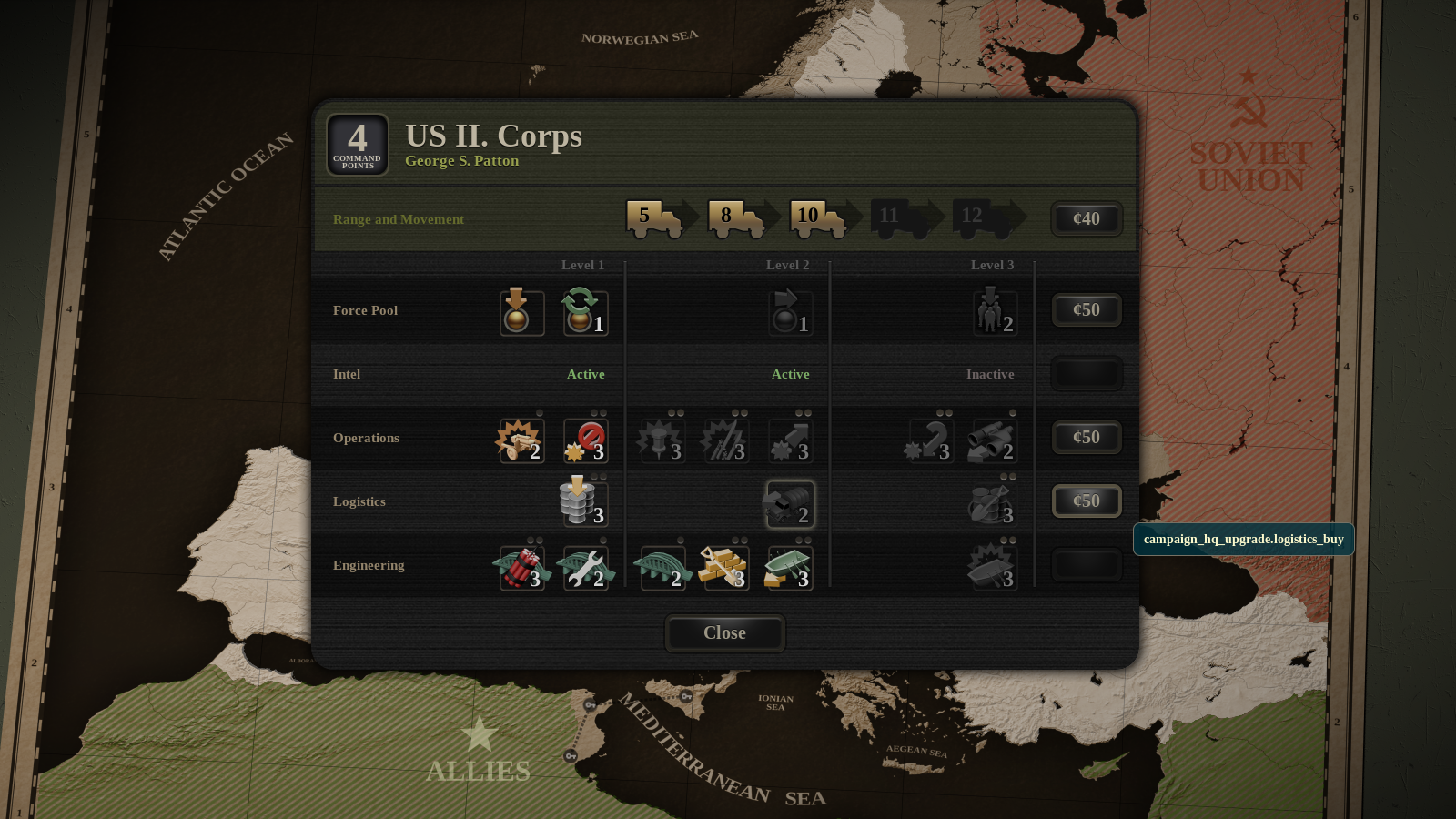

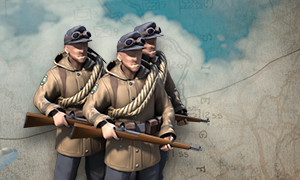
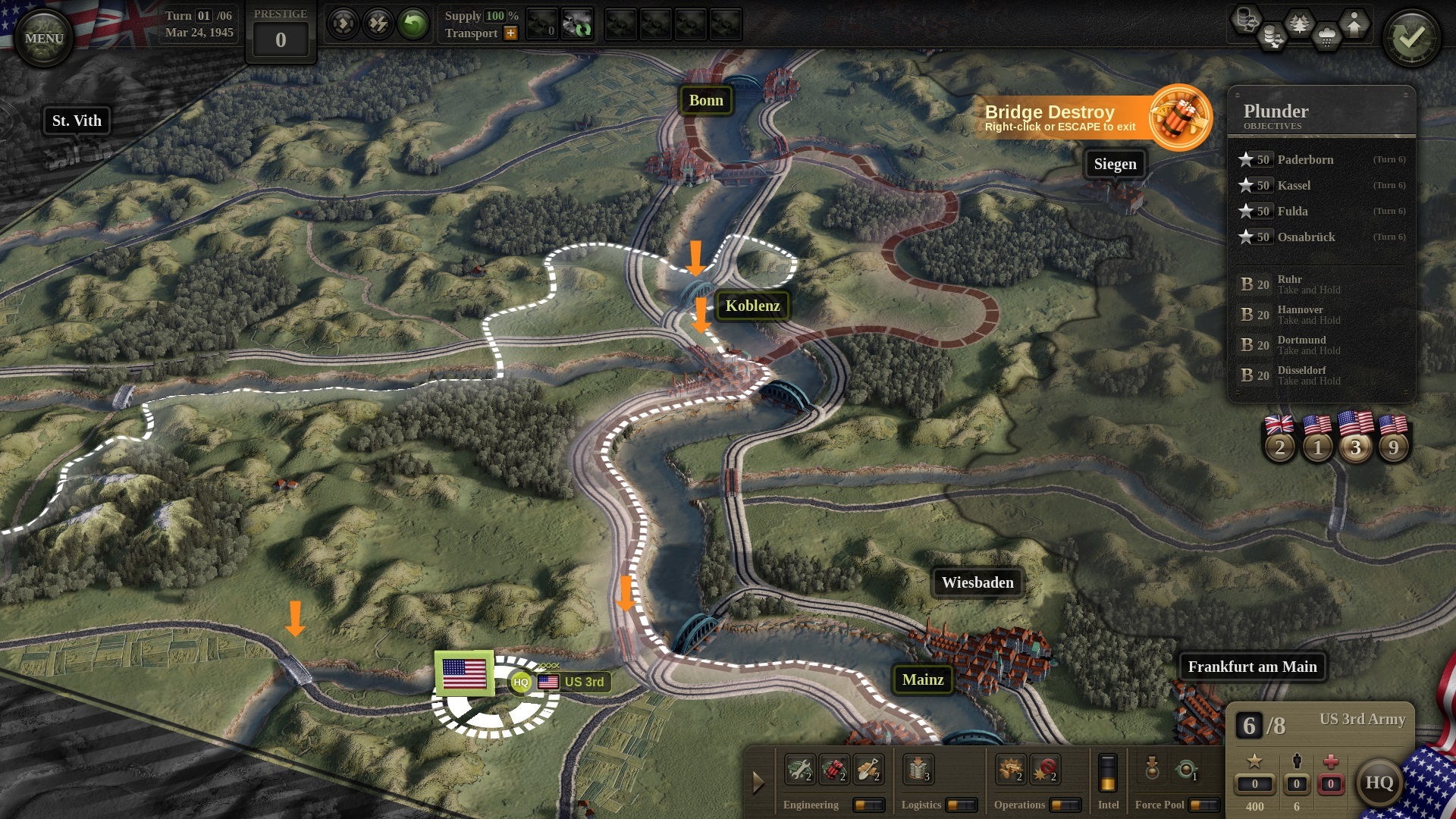
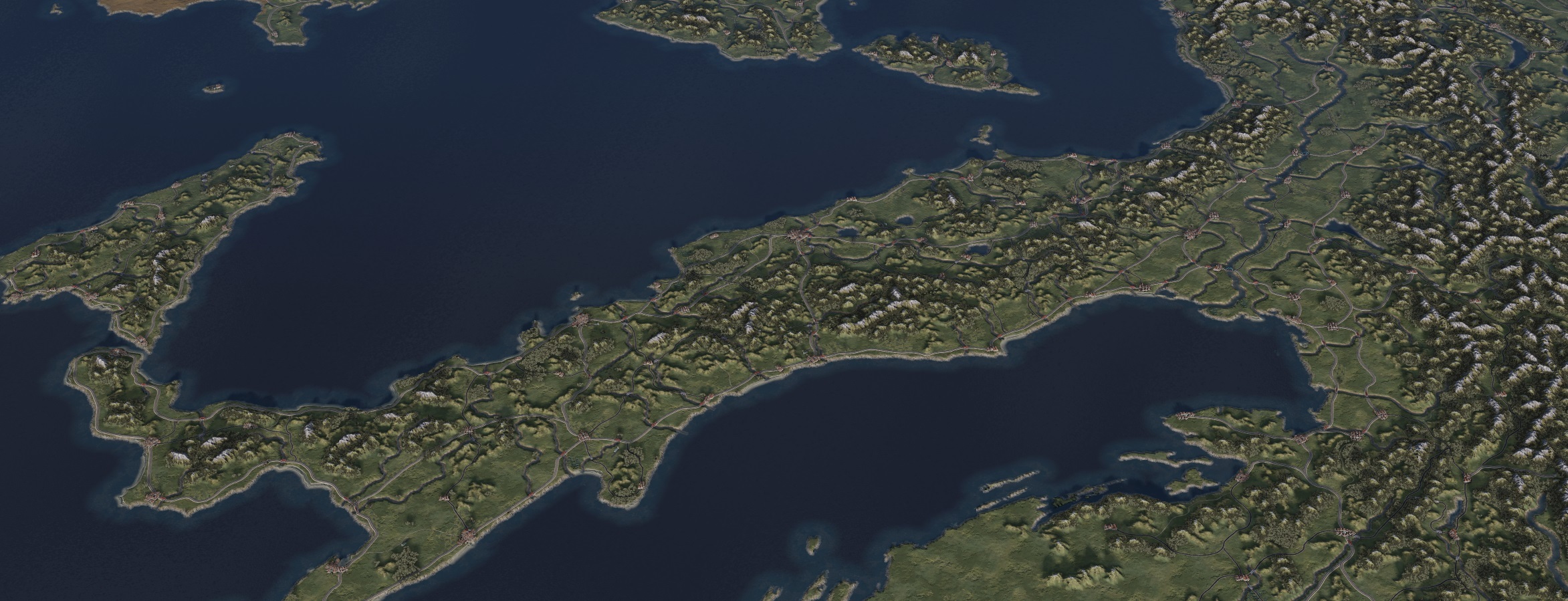










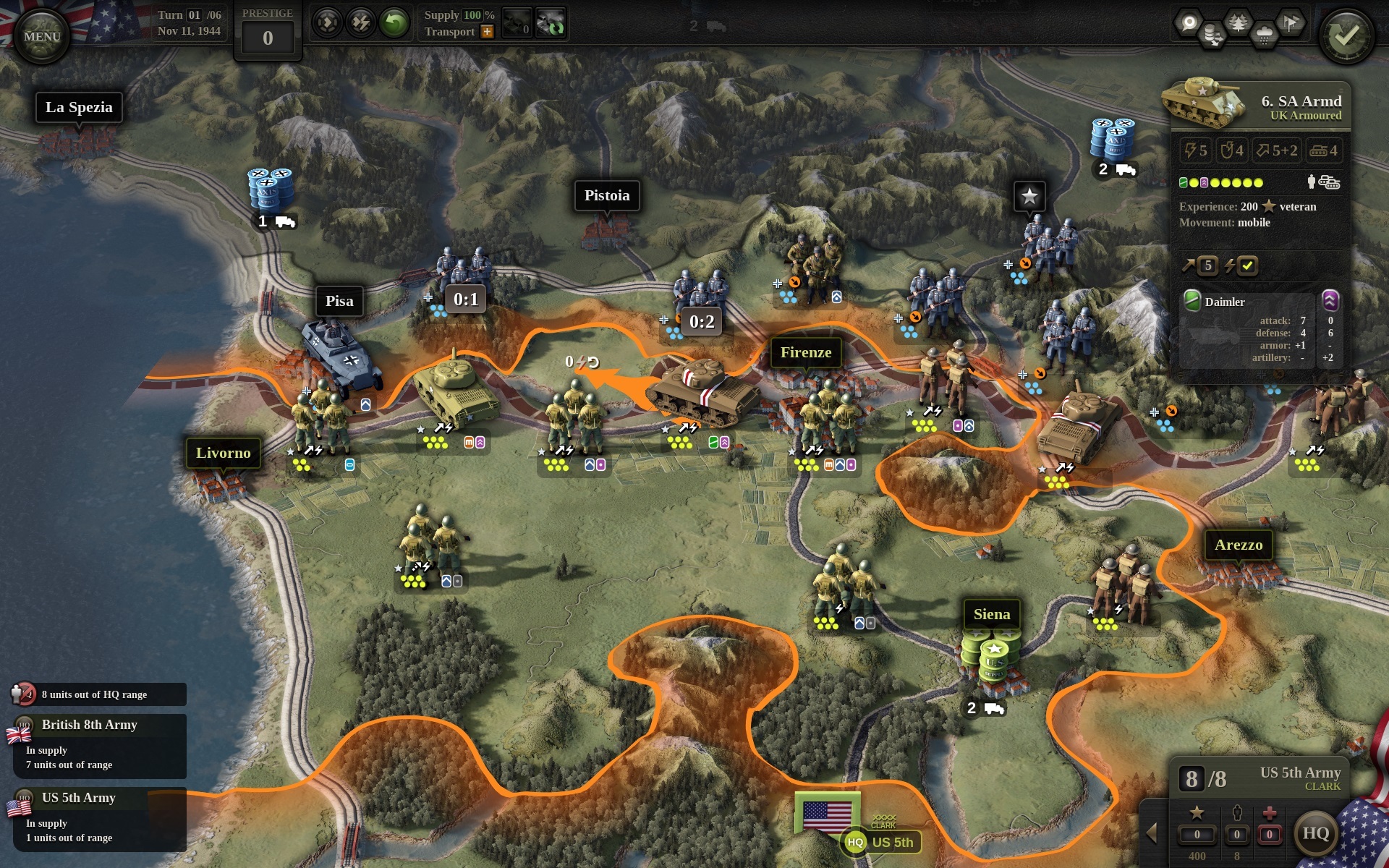 Hello and welcome to Unity of Command 2 Development Diaries!
Hello and welcome to Unity of Command 2 Development Diaries!